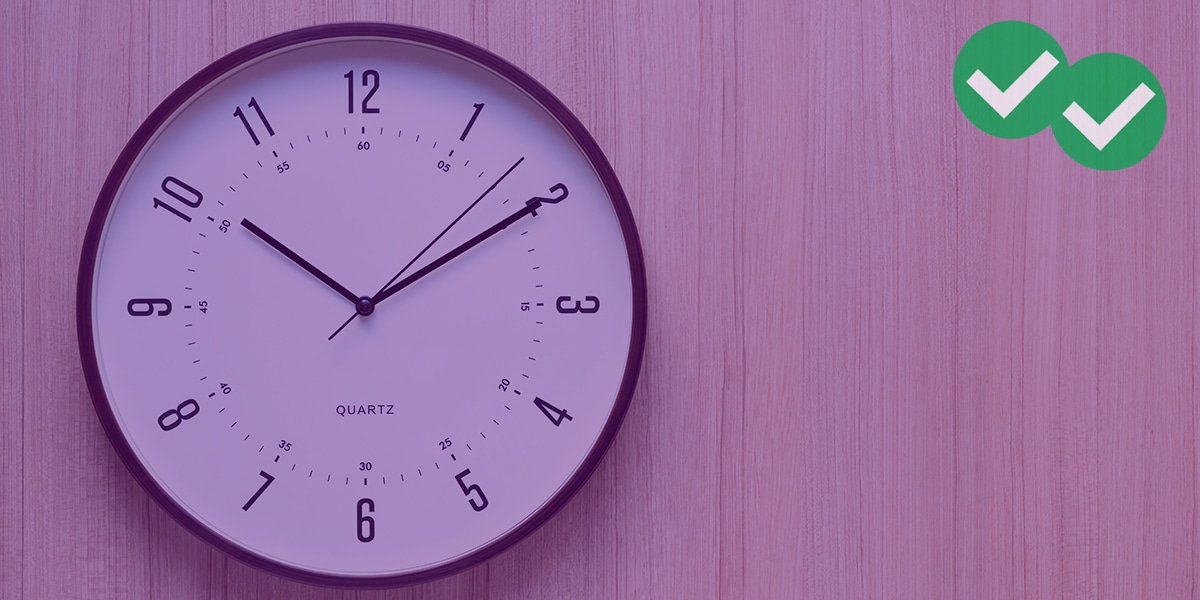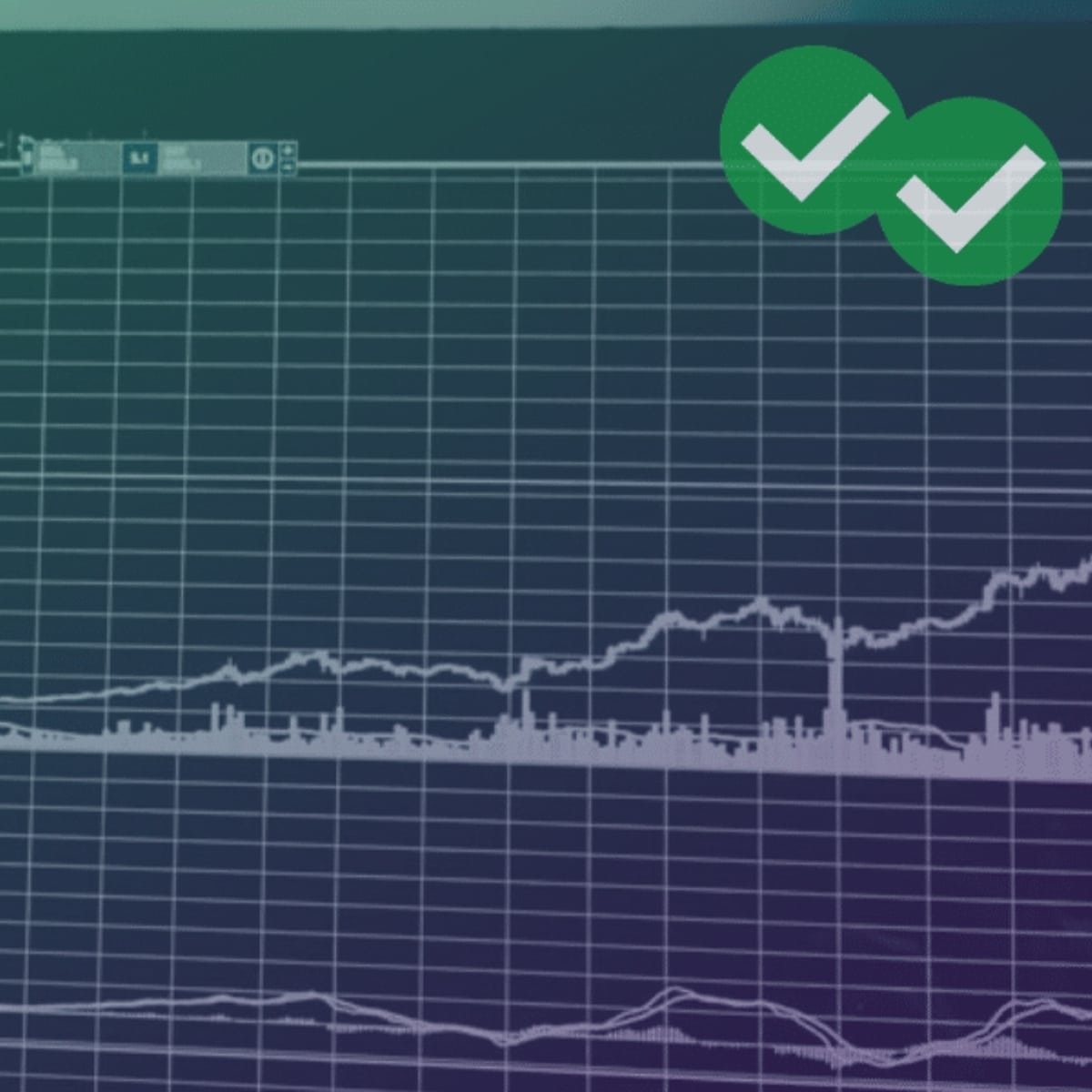
The GMAT lasts 3 hours and 7 minutes, or longer if you take your two optional 8-minute breaks. Each section has its own time limit as follows: AWA (30 min.), IR (30 min.), Quantitative (62 min.), and Verbal (65 min).
- Brief note about the GMAT’s timed breaks: You have the the option to take the first break after the second section (Integrated Reasoning); this means you can take your first break 60 minutes into the exam. The second break comes after the third section, Quantitative reasoning, 62 minutes of exam time later. More about these breaks below.)
The basic numbers don’t tell the whole story, though. Read on for a more detailed description of the GMAT’s time flow.
Here is a breakdown how your time will go when you show up to take the GMAT. I will not count any travel time, parking time, etc. — just time within the confines of the Pearson VUE testing center. If you’re wondering just how long is the GMAT, well this is how a typical GMAT session would go. I am going to assume that you take the full time on all sections. The times indicate hours & minutes from when you walk in the door of Pearson VUE
0:00 — arrive at the Pearson VUE testing center: presumably, you will take a number, and after perhaps a small wait, you will sign in with them. They will scan your palm, check your id, and they will have you surrender every mortal possession and put these in a locker. Let’s say, getting through all this and getting to the point at which you walk into the testing room will take 20 minutes, conservatively. If the center is crowded, or if you have some kind of locker problem, or if you don’t bring all the id you need, this segment will take longer. Make sure you bring both photo id (passport, driver’s license, etc.) and the appointment letter from Pearson VUE. BTW, carry as little as possible into the testing center — those lockers are relatively small.
0:20 — you will enter test room, be given erasable pads & markers, and be assigned to a computer; they will log you in, and then you have a couple pages of “duh” information to read (how to use the mouse and the onscreen buttons, etc.) You are also asked to enter the schools to which you want your score sent. Let’s say, conservatively, all this takes 5 minutes.
AWA
0:25 — Now, you actually begin your GMAT. The first section will be the 30-minute Analytic Writing Assessment, Argument Essay. Write away.
IR
0:55 — Immediately after you are done with the AWA, you will get the 30-minute Integrated Reasoning section. This will be the only section on which you will have an on-screen calculator. Just 12 questions, but each one with multiple parts.
1:25 — At this point, you get your first of two optional breaks. I will assume that you are sane and that you choose to take both breaks. You raise your hand, get escorted out of the test room, they scan your hand, then you eat something, drink water, and/or go to the bathroom, then they scan your hand again, and you are escorted back to your computer. You get as much as 8 minutes for this — I will assume your break takes 5 minutes.
Please, please, please, take both optional breaks, whether you feel you need them or not. Even if you have no caloric or bathroom needs, a little water is very good for the body, and any walking or stretching will get more oxygen to the brain, which can only help.
Quant
1:30 — Now, you begin the 62-minute Quantitative section. On this section, you get no calculator, on-screen or otherwise. Lots of math to sort through.
2:32 — At the end of the Quant section, you get the second optional break. Again, I assume you will be sane and take it. I assume it will also take five minutes.
Verbal
2:37 — Now, you begin the 65-minute Verbal section. Lots of words to sort through.
3:42 — Now, you are done taking the GMAT. You have to decide whether to keep or cancel your score: unless you were coughing up blood during the test, please do not cancel your score. You raise your hand, and they will close things out and escort you from the room. — You have to sign out with the Pearson VUE folks, which is usually much quicker than signing in, and they will give you a near complete GMAT score report (the V & Q scores, the total GMAT Score, and the IR — everything except the AWA score.) Then you have to collect your worldly possessions from the locker and flee. Let’s say this denouement takes 10 minutes.
3:52 — exit the Pearson VUE Testing Center a free person! Hooray!
This schedule assumes a reasonable tempo, and it’s nearly four hours from walking in to walking out. Unless you are planning to skip a section (why you would do that, I do not know!), then pretty much, taking the GMAT will be a four-hour ordeal.
I would recommend planning that day so that you don’t have anything particularly strenuous or taxing to handle either before or after the GMAT. If it’s a weekday, take the day off from work. Before the test, you will want to conserve your energy and focus for the test, and once the test is over, in all likelihood you will be tapped out. Give yourself the rest of the day off — you deserve it!
Some assorted links:
Not sure where to start? Get a plan! GMAT study schedules.
Is the test stressing you out? Check out these exam anxiety tips.
Want to know what you’re getting yourself into? Check out our blog post: How Hard is the GMAT?
I know the GMAT length can be overwhelming to say the least, but the more you practice and prepare yourself for test day, the better you’ll be able to endure the entirety of the test. How are you getting ready for the endurance run that is the GMAT?






Leave a Reply